- Home
- Articles
- Architectural Portfolio
- Architectral Presentation
- Inspirational Stories
- Architecture News
- Visualization
- BIM Industry
- Facade Design
- Parametric Design
- Career
- Landscape Architecture
- Construction
- Artificial Intelligence
- Sketching
- Design Softwares
- Diagrams
- Writing
- Architectural Tips
- Sustainability
- Courses
- Concept
- Technology
- History & Heritage
- Future of Architecture
- Guides & How-To
- Art & Culture
- Projects
- Interior Design
- Competitions
- Jobs
- Store
- Tools
- More
- Home
- Articles
- Architectural Portfolio
- Architectral Presentation
- Inspirational Stories
- Architecture News
- Visualization
- BIM Industry
- Facade Design
- Parametric Design
- Career
- Landscape Architecture
- Construction
- Artificial Intelligence
- Sketching
- Design Softwares
- Diagrams
- Writing
- Architectural Tips
- Sustainability
- Courses
- Concept
- Technology
- History & Heritage
- Future of Architecture
- Guides & How-To
- Art & Culture
- Projects
- Interior Design
- Competitions
- Jobs
- Store
- Tools
- More
10 Creative Ways to Draw Inspiration for Building Facade Designs
Discover the art of creating stunning building facades that captivate and endure. Explore innovative sources of inspiration, from the beauty of nature to cultural influences and technological advancements. Learn how to blend creativity with functionality for facades that reflect architectural identity, enhance energy efficiency, and tell powerful stories.

When it comes to designing a building facade, inspiration is key to creating something both functional and visually stunning. As architects and designers, we know the facade is the first impression, setting the tone for what lies within. But where do we find that spark of creativity to transform a plain exterior into a masterpiece?
Exploring diverse sources can ignite our imagination and push the boundaries of traditional design. Nature, with its intricate patterns and organic forms, often provides innovative ideas. Urban landscapes, too, offer a wealth of inspiration with their mix of historical and modern elements. By tapping into these resources, we can craft facades that reflect both the environment and the building’s purpose.
Let’s delve into some creative strategies to draw inspiration, ensuring our designs not only captivate but also resonate with their surroundings. Through these methods, we’ll unlock the potential to revolutionize the way we perceive and create building facades.

Table of Contents
ToggleUnderstanding the Importance of Building Facades
Building facades significantly influence a structure’s perception. They serve as both the visual and functional interface between the interior and exterior environments. The facade dictates the aesthetic appeal and can boost the building’s value by enhancing its curb appeal. Facades also reflect the architectural identity and can communicate the building’s purpose, ethos, and style to onlookers.
Facades incorporate key elements of design, including color, texture, and material. When well-executed, these elements create harmony and add depth to architectural structures. The importance of energy efficiency is also embodied in facades. Properly designed facades improve insulation, regulate light, and enhance ventilation, contributing to the building’s sustainability.
Architectural symbolism often finds expression in facades. By integrating cultural, historical, or thematic influences, designers can evoke emotions and narrate stories through their facade designs. Facades can also address urban challenges like noise pollution through soundproof materials and designs. Understanding these facets of building facades is vital for architects and designers aiming to create memorable and impactful structures.
Exploring Nature as an Inspirational Source
Nature offers a wealth of design inspiration, especially when it comes to building facades. By observing and incorporating elements from the natural world, architects can create designs that harmonize with their surroundings.
Analyzing Natural Patterns and Textures
Natural patterns and textures can transform facades into visually compelling artworks. Consider the symmetry of leaves or the ruggedness of stone. These elements introduce complexity and depth into building designs. By analyzing erosion patterns in rocks or the fluidity of watercourses, we can develop unique facades that reflect nature’s intricacies. This approach not only beautifies structures but also roots them in their environment, fostering a sense of place and belonging.
Using Color Palettes from Natural Surroundings
The colors found in nature provide a versatile palette for building facades. Evaluating the hues in surrounding foliage, sky, or earth can lead to more cohesive designs. For instance, a facade with colors echoing a sunset or beach can create an inviting atmosphere. This natural alignment enhances environmental resonance and ensures the building’s aesthetic appeal complements its setting. Using nature-inspired colors enriches both the structure and its environment, promoting visual harmony.

Cultural Influences in Facade Design
Drawing inspiration from cultural elements enriches facade design, creating a visual narrative that links the building to its context. By integrating historical and local influences, architects can produce facades that resonate with cultural significance and meaning.
Incorporating Historical Architectural Styles
Historical architecture offers a wealth of design inspiration. We can study classical motifs, ornate details, and iconic forms from history to adapt them in contemporary contexts. For example, incorporating Gothic arches or Renaissance elements can lend a timeless quality to modern buildings. By balancing historical references with modern innovation, facades can reflect both tradition and progress.
Celebrating Local Traditions and Crafts
Local traditions and crafts provide a unique source of inspiration for facade design. Recognizing indigenous materials and techniques enhances cultural authenticity. For instance, using local stone or handcrafted tiles can create a facade that’s deeply rooted in its geographical setting. Embracing these local elements not only showcases regional identity but also supports community artisans, fostering a connection between the building and its locale.
Technological Innovations in Facade Inspiration
Technological advances inspire new approaches to building facade design. We explore how cutting-edge tools and sustainable technologies transform architectural creativity.
Leveraging Digital Tools for Design Ideas
Digital tools enhance the design process by providing architects with innovative ways to visualize and iterate on facade concepts. Software like BIM (Building Information Modeling) allows us to create detailed 3D models, enabling precise visualization of materials, forms, and structures. Virtual reality (VR) immerses us in a simulated environment where facade elements can be tested and manipulated in real-time, facilitating client interaction and feedback. Generative design software assists in exploring a range of design solutions by using algorithms to optimize for specified criteria like sunlight exposure or wind resistance.
Exploring Sustainable and Smart Facade Technologies
Sustainable façade technologies play a crucial role in modern architecture. Solar panels integrated into facades not only generate energy but contribute to the building’s aesthetic. We see increased use of dynamic facades, which adjust to environmental conditions by controlling light, heat, and airflow through smart materials. Moreover, green walls and vertical gardens provide natural insulation and improve air quality, offering both ecological benefits and a vibrant visual appeal. By incorporating these technologies, facades become more than a design element; they actively contribute to sustainability and efficiency, aligning with contemporary environmental goals.

Artistic Approaches to Facade Inspiration
Exploring artistic methods for facade inspiration enriches the architectural design process. Integrating creativity and functionality can transform building exteriors into captivating works of art.
Collaborating with Artists for Unique Designs
Engaging artists in facade projects introduces fresh perspectives and innovative ideas. Artists often possess a keen understanding of composition and color, contributing their expertise to create standout designs. Collaborative efforts allow architects to blend artistic vision with practical constraints, crafting facades that are both visually arresting and structurally sound. By facilitating these partnerships, we bridge the gap between art and architecture, resulting in facades that capture attention and inspire innovation.
Conclusion
Finding inspiration for building facades involves exploring various creative avenues. By tapping into nature, culture, technology, and art, we can design facades that not only express individuality but also resonate with their surroundings. Drawing from these diverse sources allows us to craft structures that are both aesthetically pleasing and functionally advanced. Our approach, enriched by these inspirations, strengthens the connection between buildings and their environments, resulting in facades that captivate and endure.
Submit your architectural projects
Follow these steps for submission your project. Submission FormLatest Posts
8 Innovative Apartment Design Ideas from the USA
Apartment design in the United States is rapidly evolving, with architects and...
Tips for Using Runners to Transform Hallways and Spaces
Hallways work hard. They handle daily foot traffic, muddy shoes, and the...
Essential Architecture Tools in 2026: Software, AI, and Physical Equipment
Architecture in 2026 demands more than design talent alone. From BIM and...
Light of Tomorrow by VELUX 2026
This competition encourages architects to design visionary spaces where natural light drives...




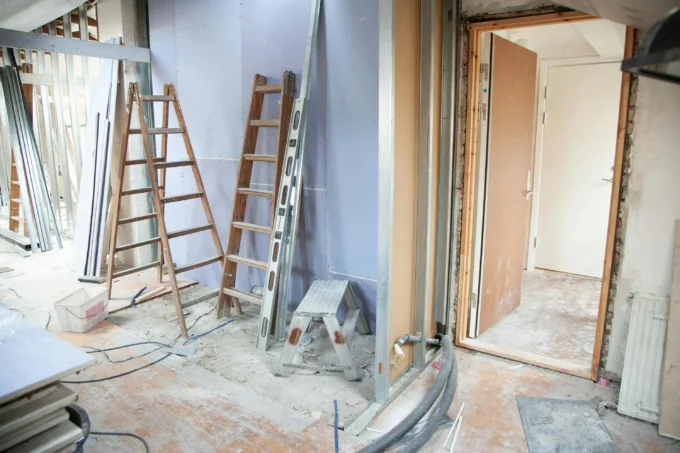
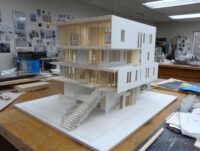
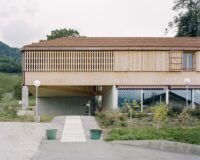

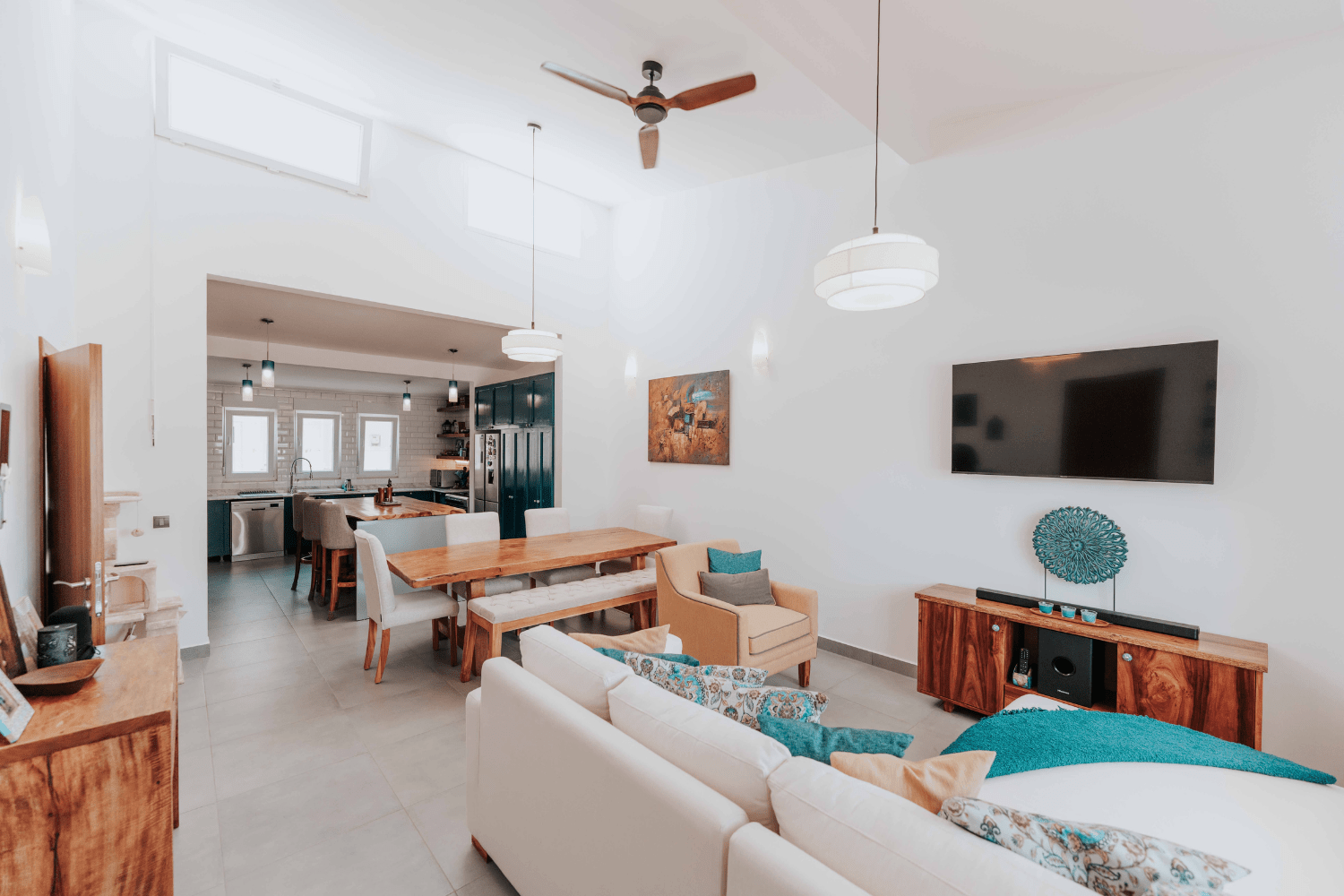
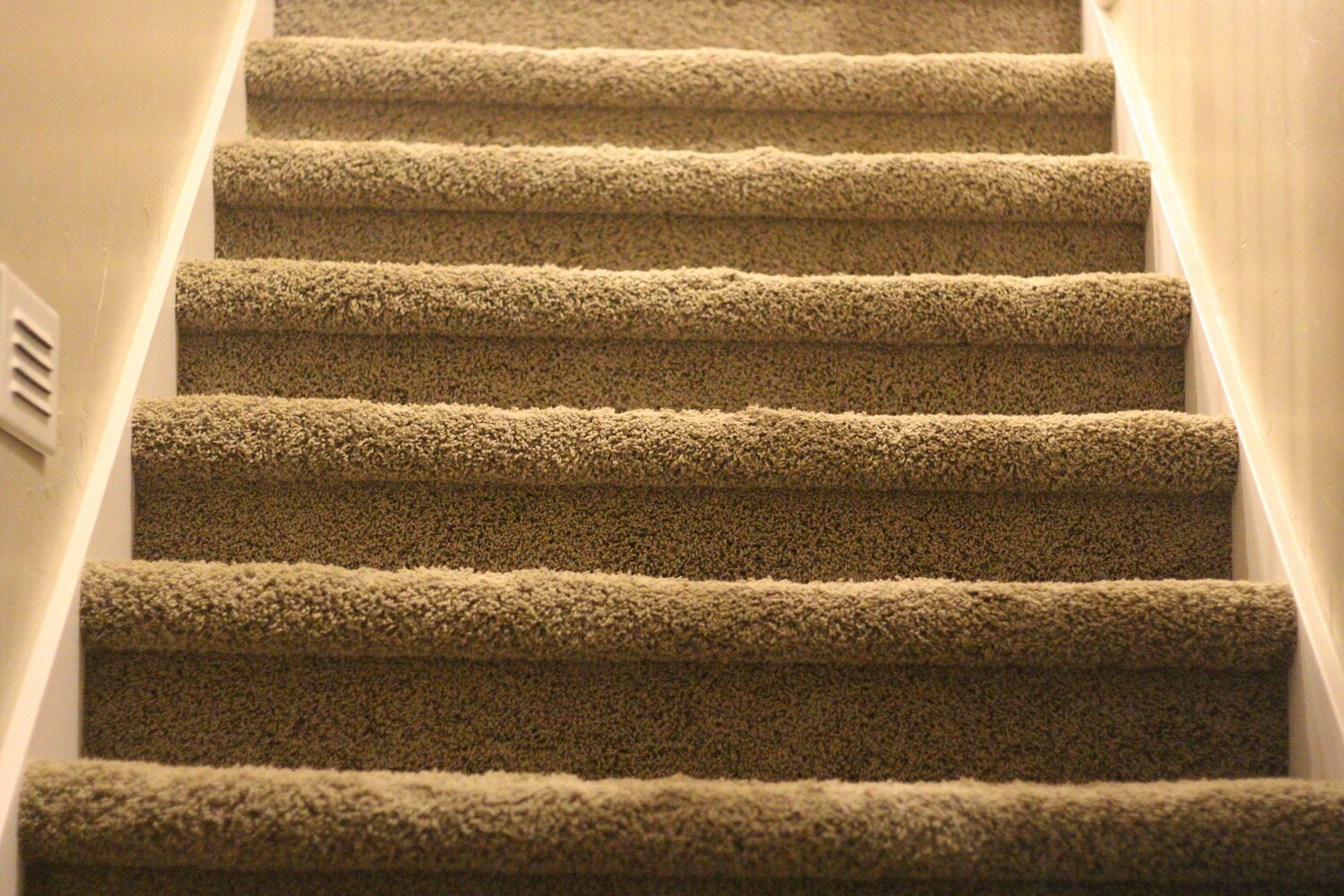
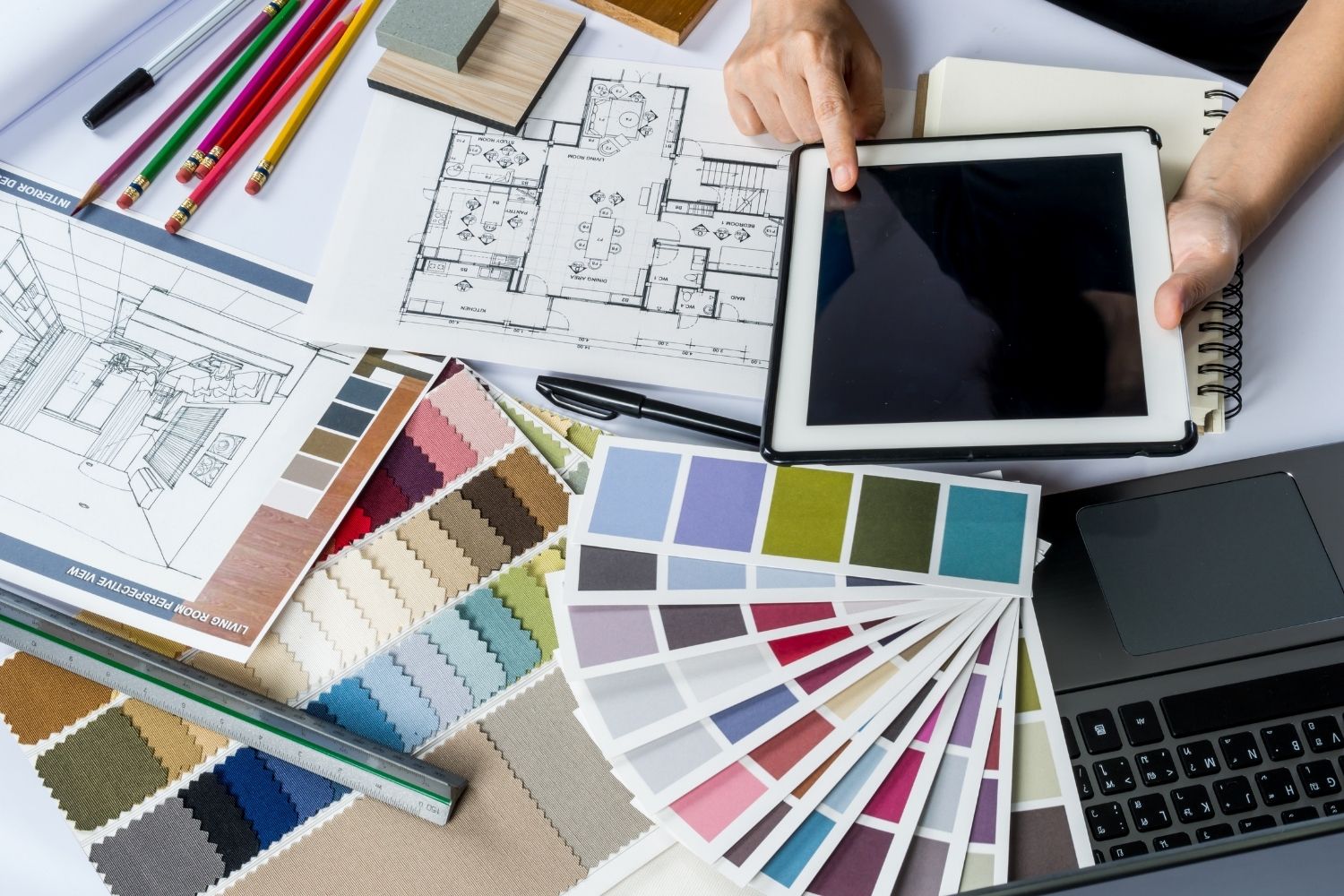

Leave a comment